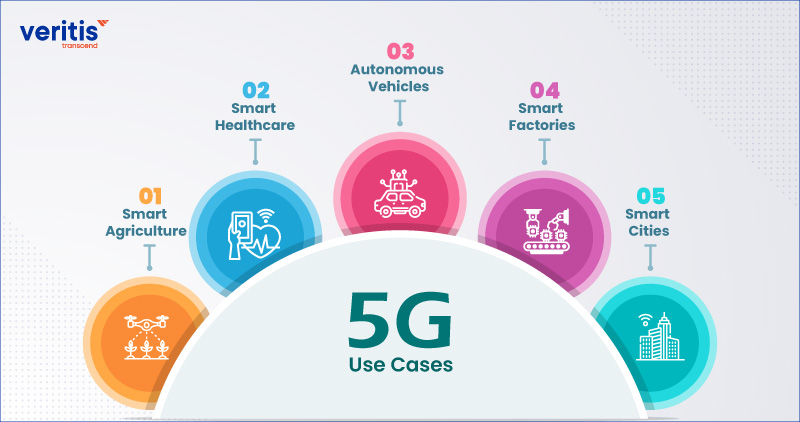Batter Links: Your Gateway to Trending News
Stay updated with the latest trends and insights from around the world.
5G: The Speedy Revolution in Your Pocket
Discover how 5G is transforming your connectivity and speeding up your digital life—revolutionize your pocket with the future of tech!
How 5G Technology Works: Unpacking the Speed Revolution
5G technology is the fifth generation of mobile network technology designed to significantly enhance data transfer speeds and connectivity. Unlike its predecessor, 4G, which primarily focused on faster mobile internet, 5G operates on higher frequencies and utilizes advanced technologies such as millimeter waves and massive MIMO (Multiple Input Multiple Output). By enabling a larger amount of data to be transmitted simultaneously, 5G is set to revolutionize industries, paving the way for innovations like self-driving cars, real-time remote surgeries, and enhanced virtual reality experiences.
The architecture of 5G networks is designed to support a vast array of devices, catering to the growing demand for connectivity in the Internet of Things (IoT). It utilizes a combination of low-band, mid-band, and high-band spectrum, allowing for a balanced approach to coverage and speed. This multifaceted approach facilitates not only ultra-fast download and upload speeds but also lower latency, which is crucial for applications requiring instant communication between devices. As this technology continues to evolve, it promises to transform everyday experiences and global communications.

5G vs. 4G: What Changes Should You Expect?
The transition from 4G to 5G is set to revolutionize the way we connect to the internet, offering significant improvements across various aspects. One of the most notable changes is speed; 5G networks can deliver data at speeds up to 10 Gbps, which is up to 100 times faster than 4G. This means that users can download large files in seconds and stream high-definition content without buffering. Additionally, while 4G typically handles around 1,000 devices per square kilometer, 5G can support up to a million devices, paving the way for an explosion in IoT (Internet of Things) applications. For more information on the capabilities of 5G, check out this article on TechRadar.
Another key difference lies in latency. 5G significantly reduces latency to as low as 1 millisecond, compared to the 30-50 milliseconds latency typical of 4G networks. This low latency is critical for applications that require real-time feedback, such as virtual reality gaming and autonomous vehicles. Furthermore, 5G promises enhanced reliability and greater network capacity, ensuring more stable connections even in crowded urban environments. As industries integrate 5G technology, we can expect innovations in sectors ranging from healthcare to entertainment. For an in-depth look at the implications of 5G technology, visit Forbes.
Is 5G Safe? Understanding the Health Implications of the New Technology
The introduction of 5G technology has sparked widespread debate about its safety and potential health implications. Proponents argue that 5G will revolutionize telecommunications, enabling faster internet speeds and more connected devices. However, concerns have been raised regarding exposure to higher frequency electromagnetic fields (EMFs) compared to previous generations. According to a report from the World Health Organization, while no adverse health effects have been established from exposure to low-level electromagnetic fields, ongoing research is essential to fully understand the long-term implications of 5G on human health.
Health organizations globally continue to monitor the situation as the technology rolls out. The National Institutes of Health emphasizes that comprehensive research on 5G's health effects is still in progress, but early findings suggest that potential risks are minimal for the general population. It is crucial for consumers to stay informed and review findings from credible sources when evaluating 5G safety concerns. Additionally, everyday precautions, such as minimizing unnecessary exposure to all forms of EMFs, can be an approach worth considering while more data emerges.